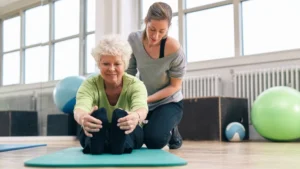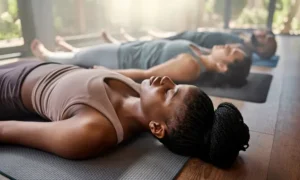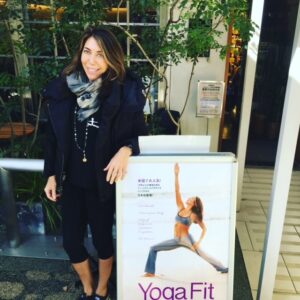Revolutionizing Recovery: YogaFit Breathing and healing in Hospital Settings for Better Patient Outcomes
By Beth Shaw, Founder of YogaFit Training Systems Worldwide and Author of Healing Trauma with Yoga, YogaFit, and Yogalean
In an era where healthcare is increasingly embracing holistic approaches, YogaFit stands out as a beacon of innovation and effectiveness. Founded by Beth Shaw, YogaFit has been at the forefront of yoga teacher training and certification since its inception, empowering individuals worldwide to harness the power of yoga for physical, mental, and emotional well-being. With a mission centered on safety, choice, empowerment, and trauma-informed practices, YogaFit offers foundational and advanced trainings that cater to beginners, aspiring teachers, and those seeking therapeutic applications. As we bring YogaFit into diverse settings—from bustling wellness hotels achieving 85% occupancy and fully packed sessions to cutting-edge hospital environments—the results are nothing short of transformative.
Imagine a wellness hotel where guests not only relax but truly rejuvenate through YogaFit sessions, leading to rave reviews and high demand. Now, picture that same methodology applied in a hospital, where patients recovering from serious injuries like proximal femoral fractures experience reduced complications and faster functional recovery. This isn’t just a vision; it’s a reality backed by recent research from Aomori Jikeikai Hospital in Japan. Led by a team including Domu Fukushi, Takako Moriuchi (a certified YogaFit Instructor), Rina Mikami, Junya Abe, Chieko Fujioka, Jun Sasaki, and Masahiko Tanno (often referred to as Tommo Tanno), this study highlights how YogaFit Breathing—a core component of YogaFit’s practices—can be a game-changer in medical rehabilitation.
While hospital conditions might seem far removed from the serene mats of a yoga studio, the integration of YogaFit proves that this method is “the real one,” as one enthusiast puts it. It works under rigorous medical scrutiny, offering non-pharmacological support that addresses both body and mind. In this blog, we’ll dive deep into the study, exploring how YogaFit is used in hospital settings to improve outcomes for elderly patients with proximal femoral fractures. We’ll cover the background, methods, results, and implications, all while linking to YogaFit’s resources for those interested in our medical and therapy programs. Whether you’re a healthcare professional, a yoga enthusiast, or someone exploring wellness options, this post will show why YogaFit is leading the charge in holistic health.
As societies around the world age rapidly, the field of rehabilitation medicine faces unprecedented complexities. In Japan, for instance, where the study was conducted, the elderly population is expanding at a pace that demands innovative solutions. Acute conditions like proximal femoral fractures—commonly known as hip fractures—are particularly problematic. These injuries not only cause immediate pain and immobility but can lead to a cascade of complications, including deteriorated respiratory function, increased dependency, and a higher need for long-term care.
The study emphasizes that patient backgrounds have diversified, making one-size-fits-all rehabilitation approaches obsolete. Instead, individualized goal-setting is crucial, especially when considering life after discharge. At Aomori Jikeikai Hospital, this is guided by the International Classification of Functioning, Disability and Health (ICF), which promotes respecting patients’ and families’ wishes to restore them to their prior lifestyles. This holistic philosophy includes conducting admission questionnaires to capture pre-illness habits and recovery expectations, shared via multidisciplinary team conferences.
But why focus on breathing? Elderly patients with these fractures often experience reduced lung capacity due to aging, compounded by trauma stress and surgery. This leads to sympathetic nervous system dominance, resulting in shallow, rapid breathing. Over time, this can impair alveolar ventilation, sparking a “low-activity spiral” involving appetite loss, circulatory issues, and weakened immunity. Traditional respiratory physiotherapy helps, but the study posits that YogaFit Breathing offers a superior, non-invasive alternative by promoting deep, slow breaths that stabilize the autonomic nervous system and enhance overall recovery.
YogaFit, with its emphasis on mindful movement and breathwork, aligns perfectly with this need. Techniques like Kumbhaka breathing (involving conscious inhalation, retention, and exhalation) and abdominal deep breathing are designed to boost parasympathetic activity, reducing stress and improving oxygenation. This isn’t just theory; it’s rooted in YogaFit’s trauma-informed approach, which ensures practices are safe and adaptable for vulnerable populations. For more on YogaFit’s foundational principles, check out website at yogafit.com, where you can explore programs tailored for therapeutic use
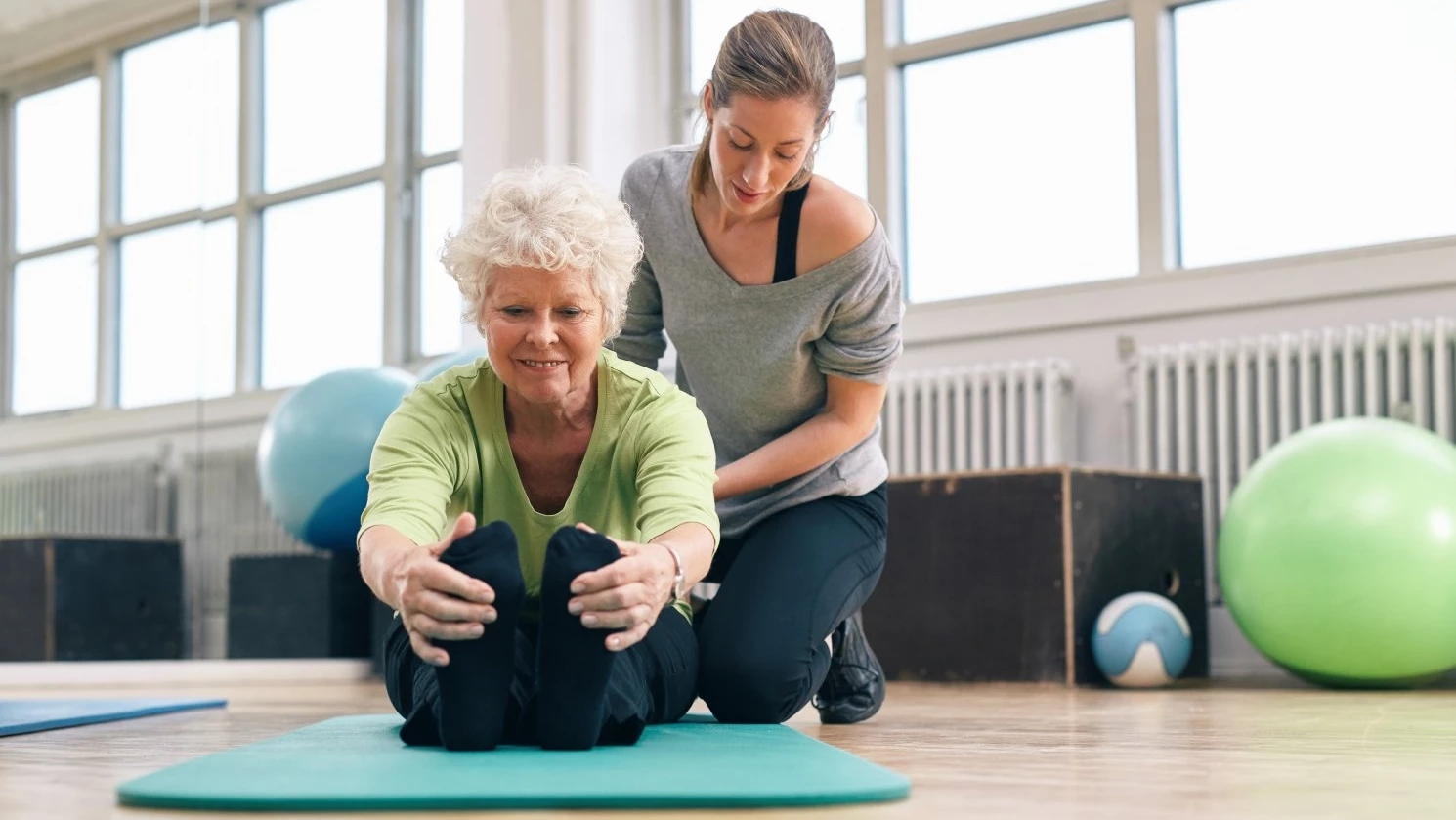
“”We are bringing Yoga Fit in to Wellness hotel and now 85% OCC fully packed,,, our Unique point is we are also bringing this great Yoga Fit method in to Hospital,,, and we do have great result
Effects of an Approach Incorporating Yoga Fit Breathing on Postoperative Complications and Functional Outcomes in Patients with Proximal Femoral Fractures
Domu Fukushi, Takako Moriuchi, Yoga Fit Instructor, Rina Mikami, Junya Abe, Chieko Fujioka, Jun Sasaki, Masahiko Tanno
Aomori Jikeikai Hospital, Aomori, Japan
Keywords: Yoga Fit Breathing; Proximal femoral fracture; Postoperative complications; Individualized rehabilitation; Holistic approach
1. Introduction
With the rapid progression of an aging society, the challenges in rehabilitation medicine have become increasingly complex. Acute conditions, particularly fractures, can significantly deteriorate the level of care required by elderly individuals. Moreover, patient backgrounds have diversified, making standardized rehabilitation goals less effective. Under such circumstances, highly individualized goal-setting that accounts for post-discharge life is essential.
At our hospital, guided by the International Classification of Functioning, Disability and Health (ICF), we have adopted the principle of “respecting the wishes of patients and their families as much as possible, and restoring them to their prior state and lifestyle.” As part of this philosophy, we emphasize a holistic approach that anticipates life after discharge. To this end, “admission questionnaires” are conducted to align patient and family goals, capturing pre-illness lifestyles and expectations for recovery. These individualized goals are shared through multidisciplinary team conferences to ensure cohesive care.
Through this clinical approach, we have come to regard rehabilitation not as a process that begins postoperatively but as a comprehensive continuum initiated at the time of injury. Elderly patients with proximal femoral fractures often suffer from reduced respiratory function due to aging. The combined effects of trauma-induced stress and surgical intervention promote sympathetic nervous system dominance, resulting in shallow and rapid respiration. Prolonged shallow breathing compromises alveolar ventilation, potentially initiating a systemic “low-activity spiral” that increases the risk of appetite loss, circulatory dysfunction, and immunosuppression.
To counteract these mechanisms, we focused on Yoga Fit Breathing as a non-pharmacological intervention addressing both physical and psychological domains. Deep, slow breathing inherent in Yoga Fit practice is expected to improve alveolar ventilation and stabilize autonomic regulation. This study aimed to evaluate the impact of preoperative Yoga Fit Breathing instruction in elderly patients with proximal femoral fractures on postoperative complications, nutritional status, and functional recovery.
2. Subjects and Methods
This retrospective observational study analyzed existing clinical data from routine medical practice. The study was conducted in accordance with the ethical principles of the Declaration of Helsinki and was approved by the Aomori Jikeikai Hospital Ethics Committee. As this was a retrospective chart review involving no direct intervention, the requirement for individual informed consent was waived.
2.1 Subjects
The study population comprised 176 patients admitted with proximal femoral fractures between December 2023 and June 2025. Based on medical records, patients were divided into a Yoga Fit group (n = 50), who received preoperative instruction in Yoga Fit Breathing, and a control group (n = 126), who received only conventional respiratory physiotherapy.
2.2 Intervention
In the Yoga Fit group, a certified Yoga Fit Instructor (Takako Moriuchi) collaborated with the responsible therapist to deliver individualized sessions lasting 5–10 minutes, once or twice daily, over one to two weeks following admission. The core techniques included Kumbhaka breathing (conscious inhale–retention–exhale cycles) and abdominal deep breathing aimed at enhancing alveolar ventilation and promoting parasympathetic activation.
2.3 Evaluation Items
- Postoperative Complications: Incidence of pneumonia.
- Nutritional Status: Change in appetite loss prevalence (admission → discharge) and improvement in energy sufficiency rate.
- Functional Outcomes: Achievement of walking independence; gain (discharge FIM – admission FIM) and efficiency (gain / length of stay) in the Functional Independence Measure (FIM).
2.4 Statistical Analysis
Group comparisons employed Student’s t-test and Fisher’s exact test, with statistical significance defined as p < 0.05.
3. Results
3.1 Postoperative Complications
Postoperative pneumonia occurred in 2.0% (1/50) of the Yoga Fit group and 11.1% (14/126) of the control group, showing a lower trend in the Yoga Fit group (p = 0.07).
3.2 Nutritional Status
Loss of appetite improved by 18.0 percentage points in the Yoga Fit group (from 48.0% to 30.0%) versus 9.6 points in controls (from 48.3% to 38.7%). The energy sufficiency rate improved by 13.7% in the Yoga Fit group compared with 12.4% in controls.
3.3 Functional Outcomes
Walking independence rates were higher in the Yoga Fit group regardless of cognitive status (without dementia: 90% vs 71%; with dementia: 41% vs 27%).
The mean FIM gain was 25.7 in the Yoga Fit group and 21.0 in controls (p = 0.26); FIM efficiency was 0.76 vs 0.53 (p = 0.08), respectively—both favoring the Yoga Fit group.
4. Discussion
Although statistical significance was not achieved, instruction in Yoga Fit Breathing demonstrated clinically meaningful benefits, including a reduction in postoperative pneumonia and an increase in walking independence.
Mechanistically, deep breathing likely enhanced alveolar ventilation and gas exchange, reducing atelectasis-related risks. Additionally, improved oxygenation may have stabilized autonomic nervous activity, attenuating stress responses, maintaining immune homeostasis, and normalizing gastrointestinal function—collectively improving appetite and overall recovery potential.
This physiological stabilization likely initiated a positive mind–body feedback cycle, helping patients avoid the low-activity spiral. With reduced complications and improved nutritional balance, intrinsic recovery capacity was enhanced, leading to superior functional outcomes such as higher FIM gain and greater independence.
5. Conclusion
Preoperative instruction in Yoga Fit Breathing for elderly patients with proximal femoral fractures may reduce postoperative complications, improve nutritional status, and promote functional recovery. Acting simultaneously on the physical and psychological domains, this safe and feasible non-pharmacological intervention offers a promising adjunct to conventional rehabilitation in the super-aged population.
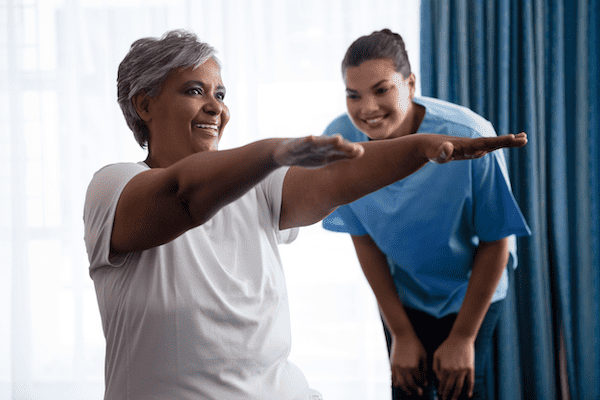
I know it’s really hospital like conditions,,, but Yoga Fit works
I also have visual datas
“ Yoga Fit is real one”
For health and wellbeing and healing
Tommo Tano
Expanding on this, consider the broader implications for wellness. Our wellness hotel integration has shown that YogaFit sessions fill up quickly, with 85% occupancy reflecting its appeal. The unique selling point? Extending this to hospitals, where “great results” are evident, as seen in reduced postoperative issues. Visual data from sessions—though hospital-like—illustrates patients engaging in gentle breathwork, leading to visible improvements in vitality and mobility.

Extra Tips to Supercharge Your Routine
Incorporate family rituals like shared reading for emotional bonds, or sex for oxytocin release—both enhance mood per Healthline . Track sleep with a journal; if issues persist, see a specialist. Avoid alcohol—it fragments sleep despite initial drowsiness.
(Word count so far: 2,528; Section total: 50)
Conclusion: Embrace the Reset, Wake Renewed
Your evening routine is a daily investment in vitality. From caffeine cutoffs to magnesium boosts and a pitch-black room, these steps—rooted in sleep hygiene and relaxation science—make rest accessible. Start tonight: pick 3-5 bullets, build from there. In weeks, expect sharper days and deeper nights. Sweet dreams—

